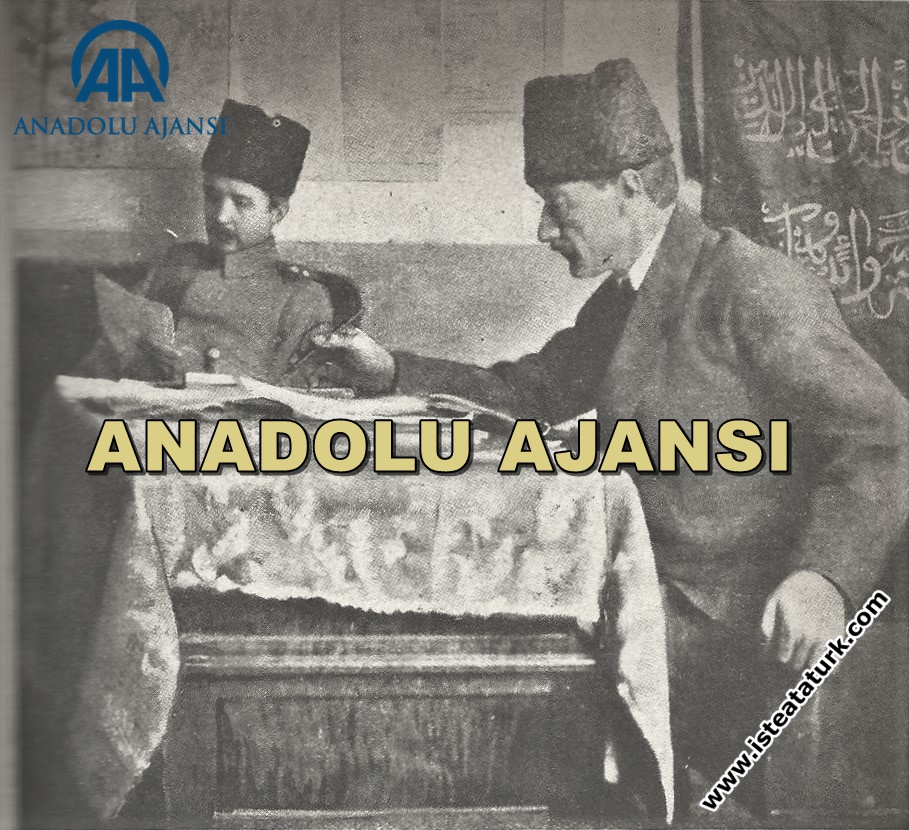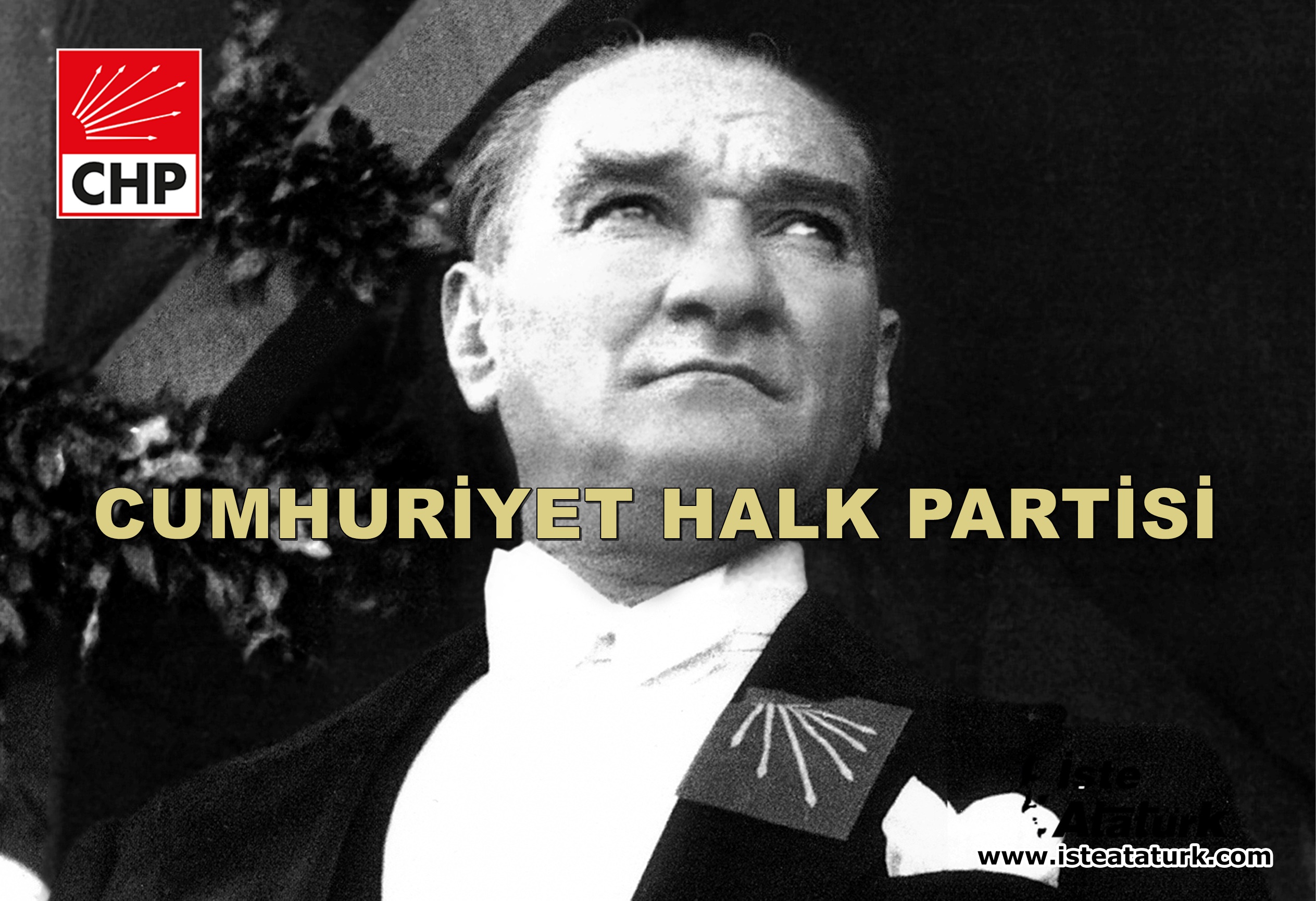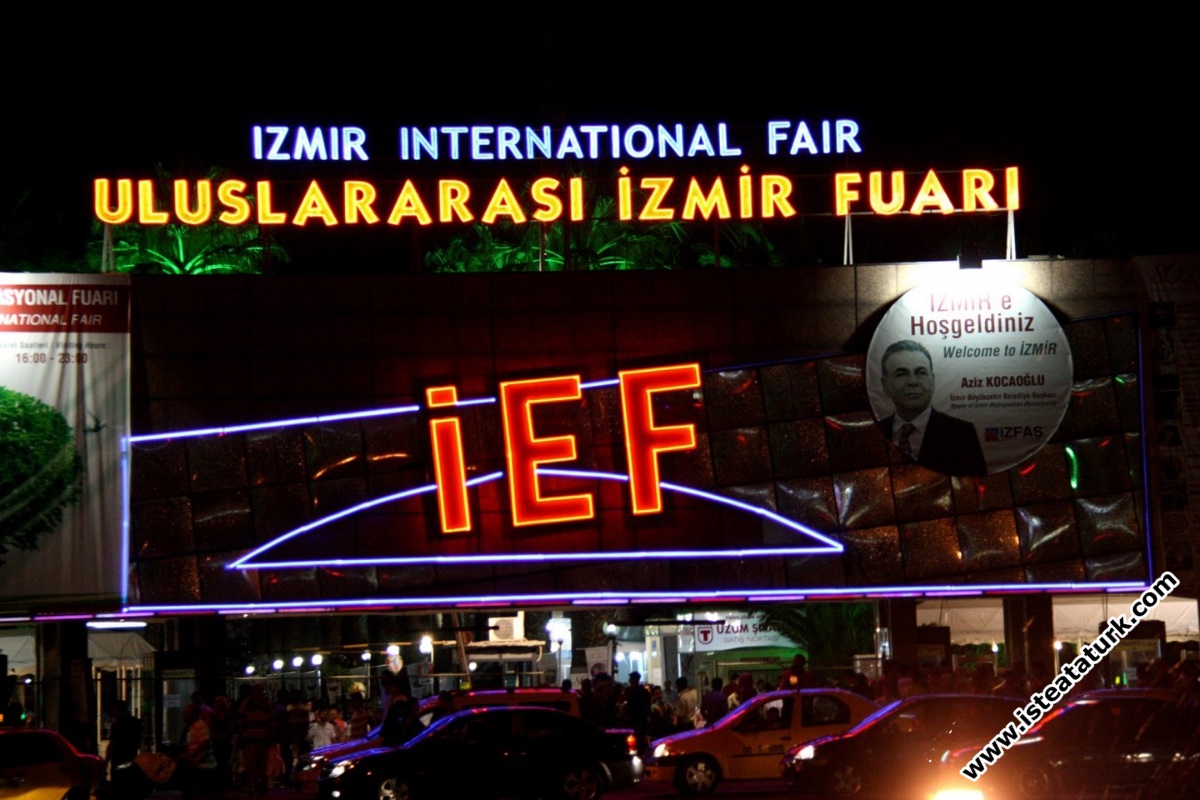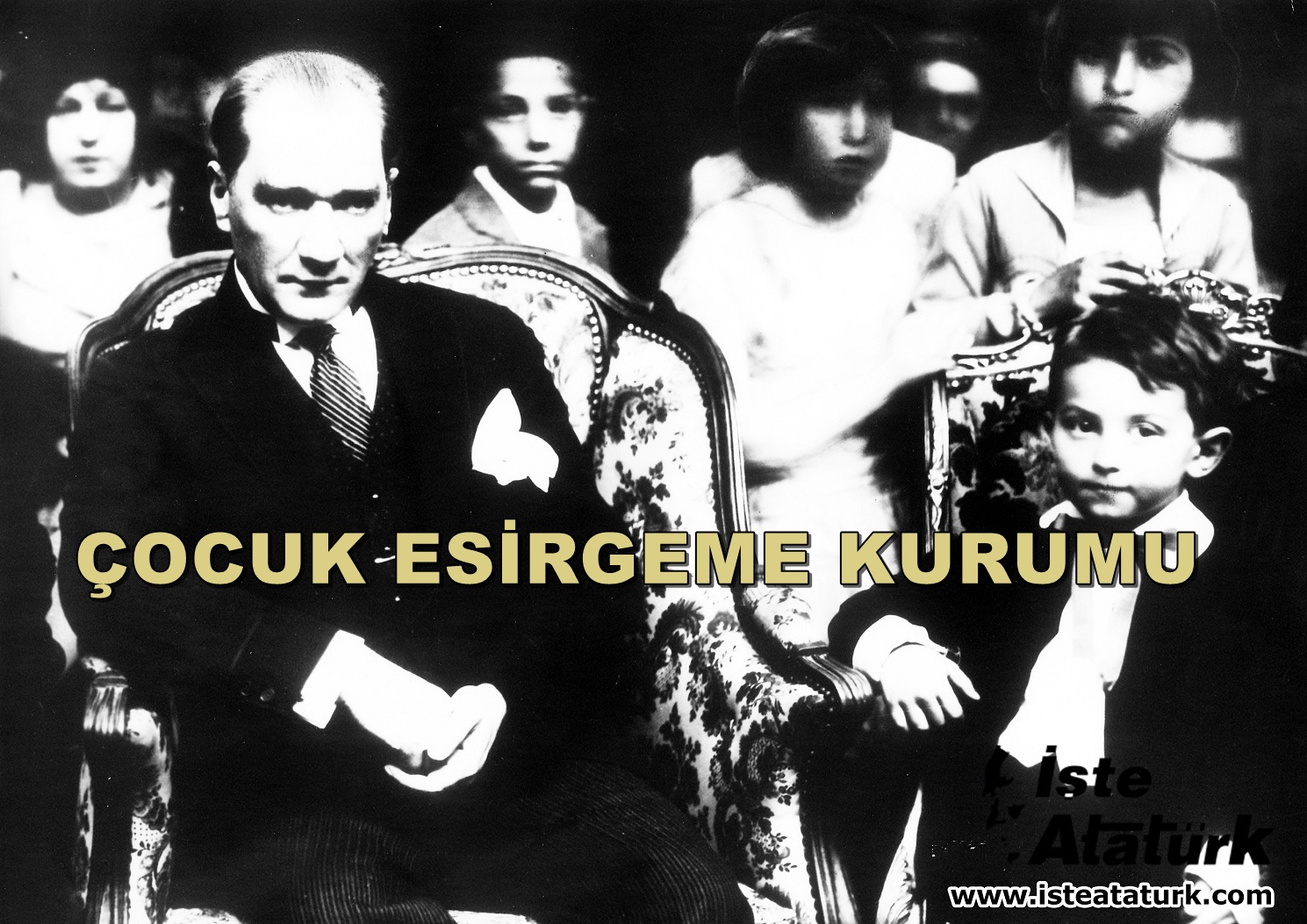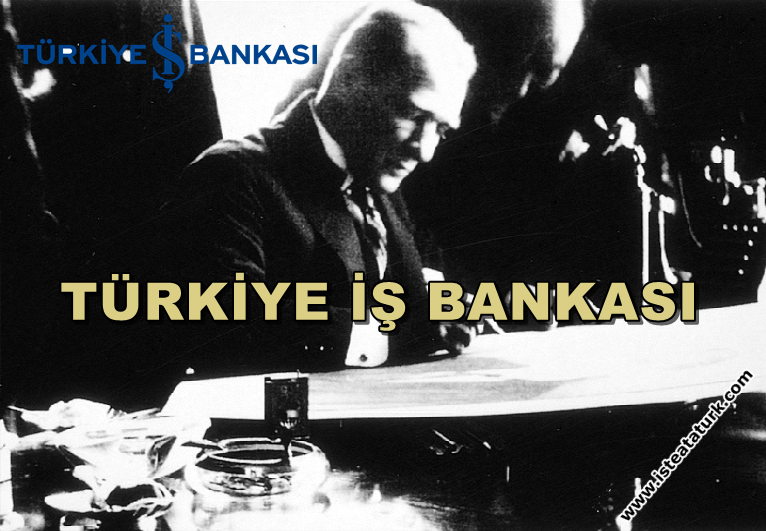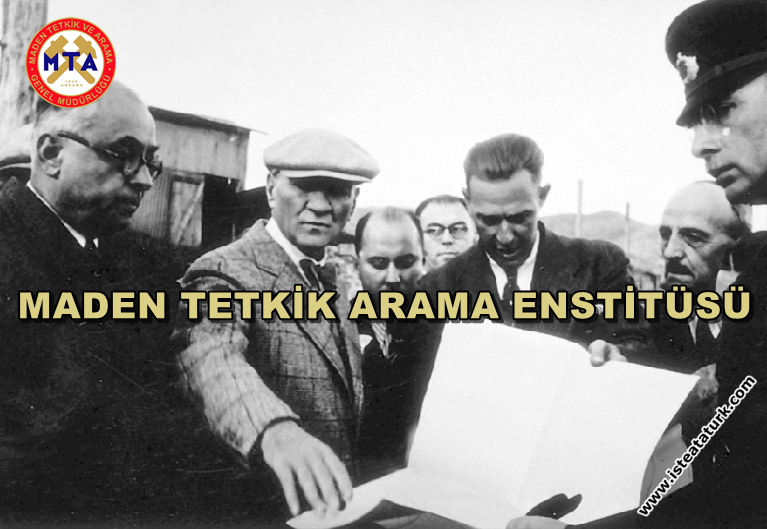
Mineral Research and Exploration Institute
Character Size
Mineral Research and Exploration Institute
MINE EXPLORATION INSTITUTE
Mineral Research and Exploration Institute (MTA) was established with the law numbered 2804, which was accepted by the Turkish Grand National Assembly on 14 June 1935 and published in the Official Gazette on 22 June 1935.
MTA, as an important institution of the Atatürk period, made great contributions to the development of the Turkish mining industry. By using our own resources in the most efficient way, it fed the Turkish economy and thus played a driving role in industrialization efforts.
After the establishment of the Republic of Turkey, mining was also discussed within the development efforts, and in 1933, two independent institutions were established under the Ministry of Economy, namely "Oil Exploration and Operation" and "Gold Exploration and Operation Administration", in order to extract and utilize our underground resources by the state.
Later, Mineral Research and Exploration Institute was established on 22 June 1935 with the law numbered 2804 in order to systematically explore and operate our mines with the necessary geological and mining methods.
According to the founding law of the Institute; It has been tasked with conducting the necessary studies, chemical and technological analyzes and training engineers, auxiliary personnel and qualified workers for the sector in order to search and find the resources of our country's mines and quarries and to determine whether they are suitable for operation.
MTA Institute first started to work as a small organization with five units, each consisting of a few personnel, Accounting, Laboratory, Coal, Petroleum and Other Metals, on an apartment floor opposite the Ankara Courthouse, and after a while, it moved to Akköprü Facilities.
He continued to work as Metal, Coal and Petrol groups until 1939. Later, Auxiliary Technical Works (YTİK) was established to carry out the map, drawing, photography and workshop works of these groups. After a while, this group became the Field Research and Survey (SAM) group by assigning some geologists and prospectors to this section. Metal and Coal Groups gathered under the Mineral Exploration Group (MAG) and carried out exploration and survey works.
In 1940, the Institute expanded with a new development by incorporating the specialized branches of Geological Studies and Prospecting (JEP) and Analysis and Experience Laboratories (TTL).
In the SAM Group, drilling studies gained importance instead of geology and prospecting, and the Technical Surgery Group was established by giving this group to this group in the excavation works. Later, the Mining Survey Branch was established in 1951 and the Geology Branch was established in 1954.
In the face of the rapid development of the MTA Institute, Akköprü Facilities could not meet the need, and in 1967 it was moved to its current location, Balgat Campus. The services in the Mining Survey Branch were divided into separate branches (Geophysics Branch, Radioactive Minerals and Coal Branch, Industrial Raw Materials Branch). At the same time, the Petroleum and Geothermal Energy Branch was separated from the Geology Branch, and the Technology Branch was separated from the TTL branch. The Plan and Project Branch was established in 1969, and the Machinery and Supply Branch was established in 1972. Branches were transformed into Departments with the decree numbered 7/11801 on May 31, 1976. With the same decree, the Feasibility Studies unit was separated from the Planning and Coordination Department and became the Head of Department. In addition, in order to ensure that the field works are more efficient, their number is 12 today. Regional Directorates were established. The name of the General Directorate of Mineral Research and Exploration Institute is changed to "General Directorate of Mineral Research and Exploration" with the temporary article 5 of the Decree Law No. 186 dated 13.12.1983.
MTA has conducted studies all over the country. During these studies, many new mineral deposits were found, new reserves were added to the known mineral deposits and the development of the deposits was ensured. With these studies, MTA has made great contributions to the Turkish economy and earth sciences.
In the years 1935-1950, first of all, the oil issue, which is the basic need of the country, was discussed and drilling studies were carried out in Thrace, Iskenderun, Adana and Southeastern Anatolia regions. Oil reserves were found in Raman and Garzan regions. Later, the Turkish Petroleum Corporation was established to build a refinery with a daily capacity of 6250 barrels in Batman. During this period, MTA members did their work under very difficult conditions. In the first years, due to the insufficient roads, passenger animals were used in transportation, and they stayed in tents and village houses. In the following years, mineral exploration was continued all over the country, and raw material resources, which are the basic inputs of many industrial facilities established today, were uncovered as a result of the devoted efforts of MTA. Iron-Steel, Aluminum, Ferro-Chrome, Glass Ceramics, Paper, Cement, etc., which have achieved competitive power around the world. MTA has contributed to the search, discovery and surveying of almost all of the raw materials, which are the basic inputs of our industries.
In addition to mineral exploration, it has led the way in revealing the country's geology starting from its establishment; As a second school, it helped the development of geoscientists who graduated from the relevant departments.
- MTA has made significant contributions to the development of our Republic as a social institution as well as mining activities. It has pioneered the integration of society by transferring knowledge, culture and country opportunities from one region to another.
- In the relations with the villagers, the importance of mining in the development of the country was explained to them and the love of mines was instilled.
- The villagers were employed at the construction sites, and they were provided with temporary job opportunities.
- Due to the purchases made from the villagers for the construction site needs, the villagers started to produce more than their own needs.
- The drinking water needs of many regions were met by equipping the exploration wells at the end of the work.
- Particularly in the Eastern and Southeastern Anatolia regions, it contributed to the opening of schools, roads were built, and MTA members worked as instructors in these schools during their off-hours.
- The local people who encountered snake-scorpion stings and various health problems during the studies were looked at in the infirmaries and their medicines were provided.
- After the work in a region was completed, the existing service buildings were transferred to education and health institutions as a grant.
MTA General Directorate, which was established in 1935 with 38 people on an apartment floor, continues to serve our country today with a large number of trained personnel who can fulfill the services for its establishment purpose, a large construction equipment park and laboratory facilities.
Source: www.mta.gov.tr
